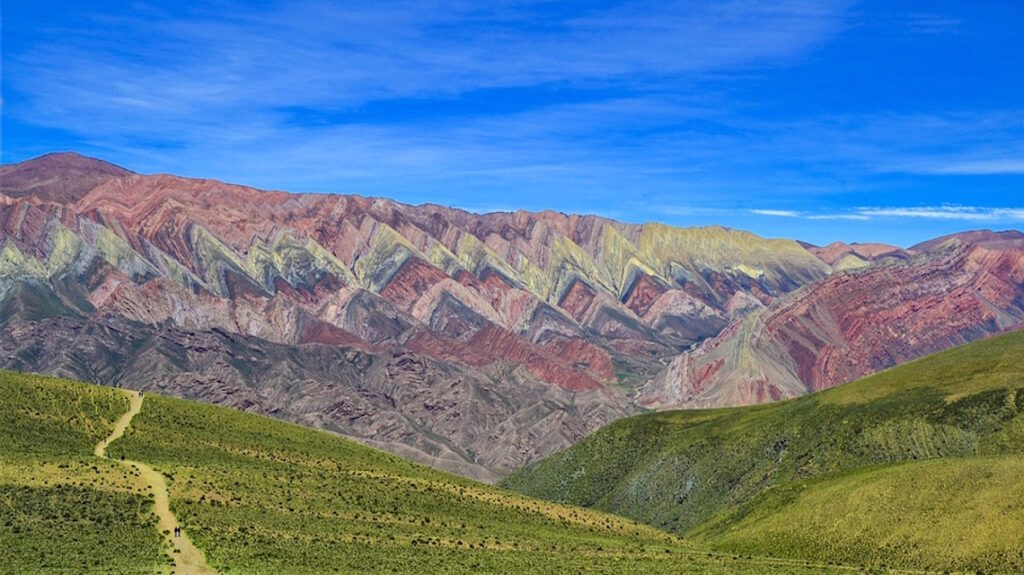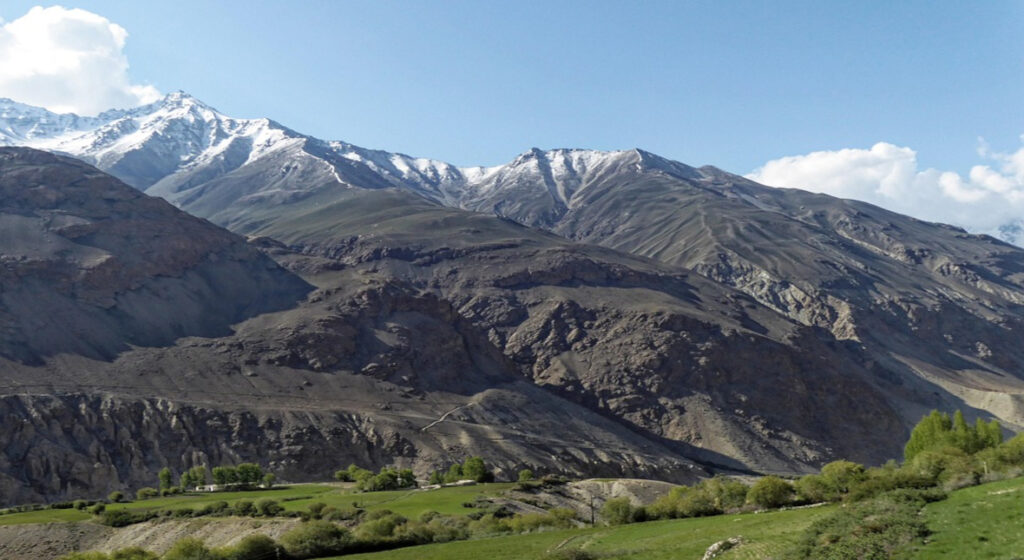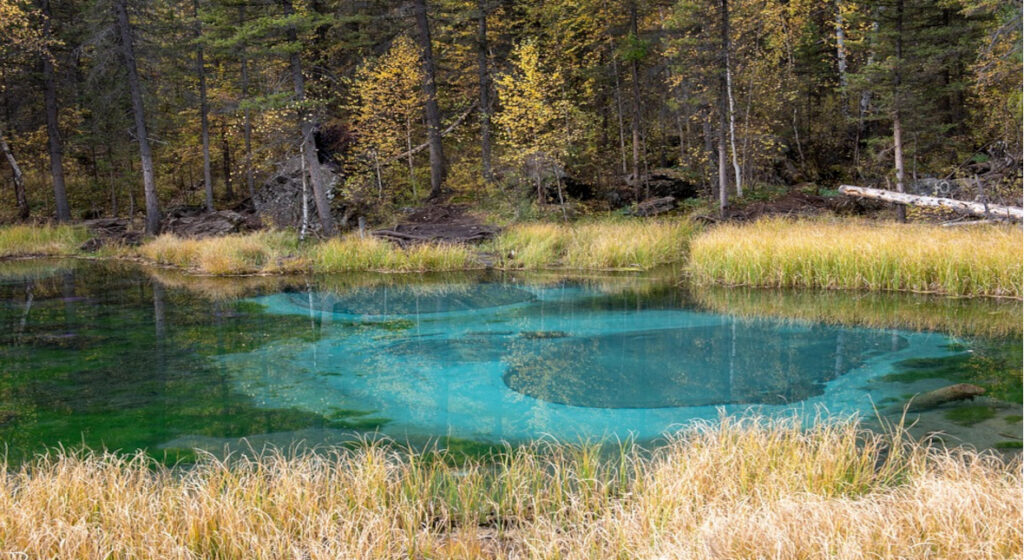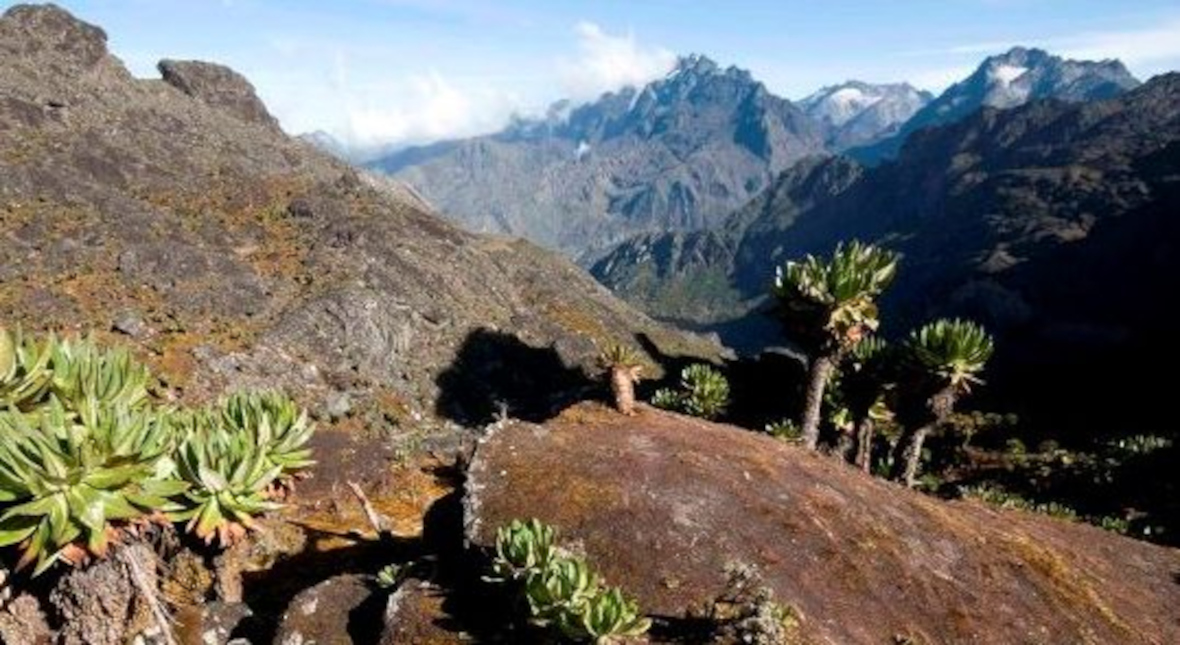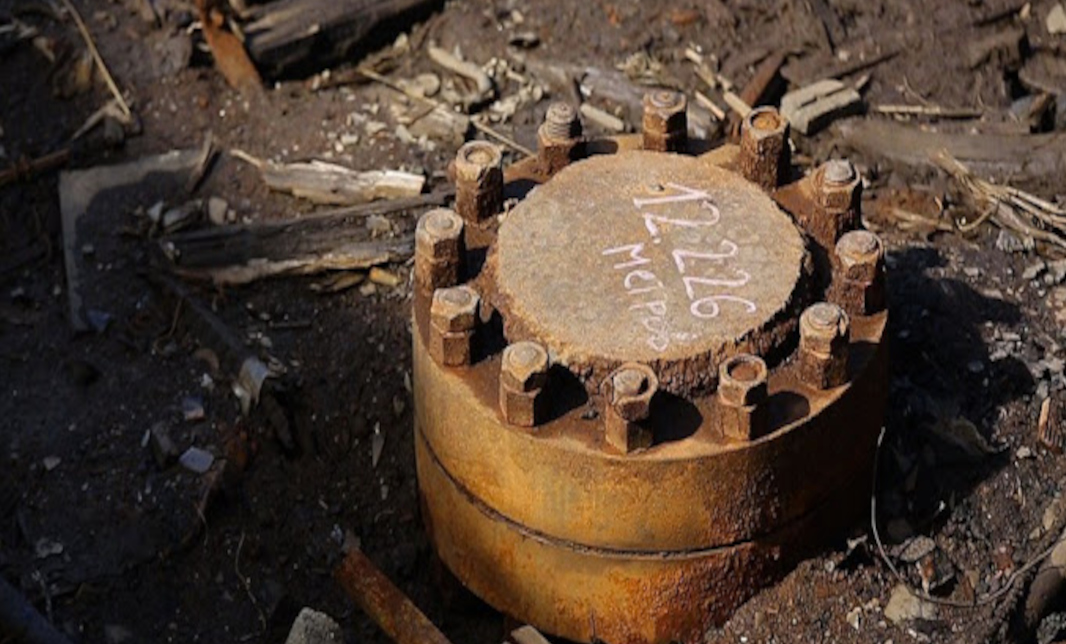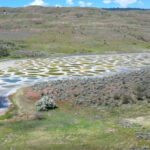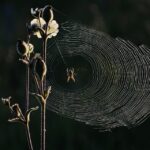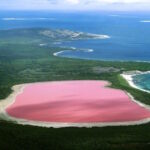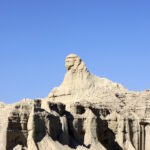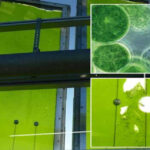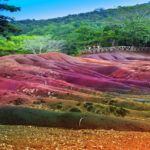Now Reading: Exploring the Hidden Treasure: The Unique Plants of the Rwenzori Mountains
-
01
Exploring the Hidden Treasure: The Unique Plants of the Rwenzori Mountains
Exploring the Hidden Treasure: The Unique Plants of the Rwenzori Mountains
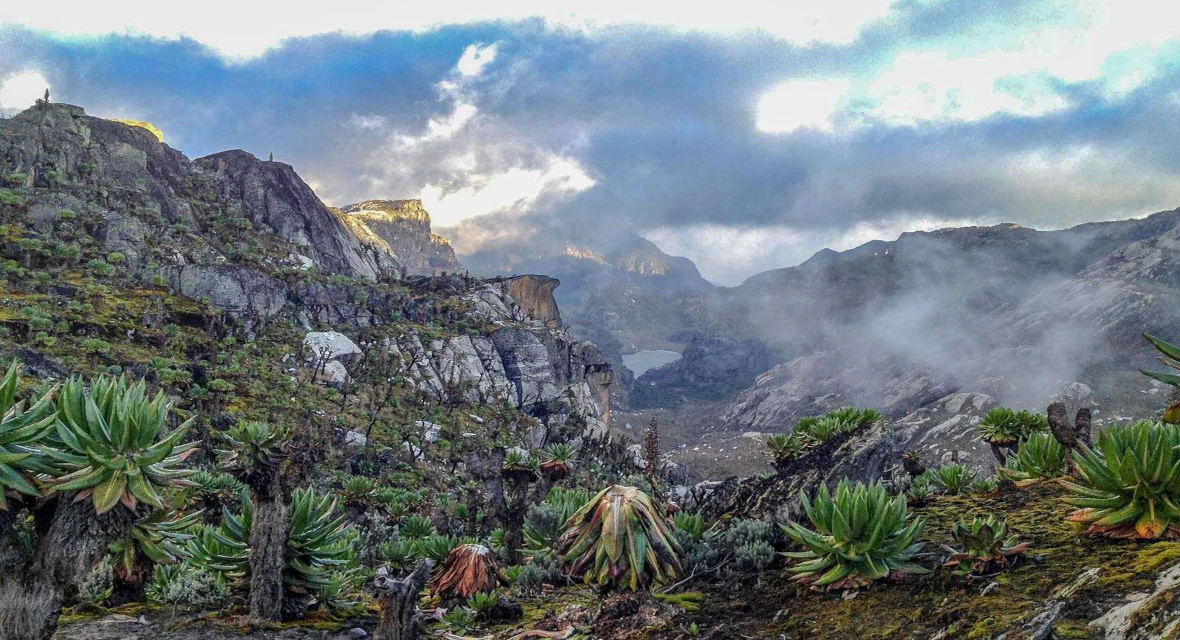
The Rwenzori Mountains, often referred to as the “Mountains of the Moon,” stand as a hidden treasure nestled between Uganda and the Democratic Republic of Congo. This majestic range, with its snow-capped peaks and lush valleys, is a treasure trove of biodiversity, home to an array of unique plant species found nowhere else on Earth. The plants of the Rwenzoris are not only beautifully adapted to survive in one of the most extreme environments on the planet, but they also hold secrets to the ecological health and history of this ancient mountain range.
Why Are the Rwenzori Mountains Called the “Mountains of the Moon”?
The Rwenzori Mountains were famously described as the “Mountains of the Moon” by the ancient Greek geographer Claudius Ptolemy in the 2nd century AD. He theorized that these mysterious snow-capped mountains were the source of the Nile River. When European explorers later encountered the range in the late 19th century, they confirmed that the Rwenzoris indeed contributed to the Nile’s water flow. The name “Mountains of the Moon” has persisted, capturing the ethereal beauty, mist-covered peaks, and legendary aura of the Rwenzoris.
The Afro-Alpine Zone: A Botanical Marvel Above 4,000 Meters
The real wonders of the Rwenzori Mountains begin above 4,000 meters, where a spectacular collection of plants, which evolved in isolation over millions of years, can be found. This is the afro-alpine zone—a high-altitude ecosystem that is unlike any other in the world. The plants in this zone have adapted to harsh conditions, including freezing temperatures, intense sunlight, and low oxygen levels.
These species, which evolved in relative isolation, are living fossils, and many of them are found only in the Rwenzori Mountains and a few other high-altitude regions across East Africa. Here, plants have developed remarkable survival strategies that allow them to thrive in this unique environment. The afro-alpine zone of the Rwenzoris represents one of the most extraordinary botanical landscapes on Earth, offering a rare glimpse into the evolutionary processes that have shaped these isolated ecosystems.
READ MORE: Do People Live in the Rwenzori Mountains?
Key Plant Species: Nature’s Marvels
Several plant species found in the afro-alpine zone are particularly noteworthy for their remarkable adaptations and their ability to survive in such extreme conditions:
Giant Lobelias (Lobelia deckenii)
Among the most iconic of the Rwenzori’s high-altitude plants, the giant lobelias stand tall, reaching up to 3 meters. These plants have thick, fleshy leaves that help them conserve water in the cool, misty environment of the highlands. Their unusual size and unique appearance make them one of the most recognizable “hidden treasures” of the afro-alpine zone.
– Unknown Fact: The lobelias’ ability to store large amounts of water in their leaves enables them to survive in the harsh, fluctuating weather conditions at these elevations.
Groundsel (Senecio) Species
The Senecio species, particularly Senecio kewensis and Senecio longipedicellatus, thrive above 4,000 meters in the afro-alpine zone. These plants are well adapted to extreme UV radiation, cold temperatures, and strong winds. With their tall, woody stems and waxy leaves, they minimize water loss and stand resilient against the harsh conditions.
– Unknown Fact: Groundsel species at these high elevations are capable of surviving extreme ultraviolet (UV) radiation, which is much higher due to the thinning atmosphere at these altitudes.
Ruwenzori Bamboo (Yushania alpina)
Bamboo is another key plant in the afro-alpine zone. Yushania alpina forms dense stands at altitudes above 3,000 meters and plays a critical role in stabilizing the soil, preventing erosion, and providing food and shelter for local wildlife. Despite the harshness of the highlands, bamboo thrives in these conditions.
– Unknown Fact: This bamboo grows rapidly and is considered a “keystone species” in the afro-alpine zone, creating vital habitats for numerous species of birds, mammals, and insects.
High-altitude Mosses and Lichens
The high-altitude mosses and lichens in the Rwenzoris are some of the most resilient organisms in the world. These plants cover the ground in a vibrant green or silvery carpet, helping to stabilize the soil and retain moisture in an environment that can otherwise be quite dry.
– Unknown Fact: Some of these moss species are capable of absorbing up to 20 times their weight in water, which is crucial for maintaining the fragile hydrological system of the mountains.
The high-altitude plants of the Rwenzori Mountains are moving upward as temperatures rise, which could lead to the extinction of species that have no higher altitudes to migrate to. This phenomenon is a direct result of climate change and highlights the urgency of protecting these unique ecosystems.
Rich Fauna: A Haven for Wildlife
The Rwenzori Mountains are also home to a variety of unique wildlife species, some of which are endemic to the region. The mix of tropical and alpine ecosystems provides habitats for a diverse range of animals, making the area a biodiversity hotspot.
Endangered Species: The mountains are home to rare and endangered species such as the mountain gorilla, which is found in the nearby Virunga Volcanoes but also extends into the Rwenzori region. The forests also shelter elephants, antelopes, and a variety of primates, including the colobus monkey and the Rwenzori turaco.
Birdlife: Birdwatchers flock to the Rwenzori Mountains to spot a variety of endemic and migratory bird species. The region is known for its rich birdlife, including the Rwenzori turaco, the yellow-eyed black flycatcher, and several species of forest birds.
Insects and Amphibians: The ecosystem supports a vast number of insects, such as butterflies, beetles, and moths. Amphibians, like frogs and newts, thrive in the moist, cool conditions of the high-altitude forests.
Slate Stone and Minerals in the Rwenzori Mountains
The Rwenzori Mountains are rich in geological diversity, containing valuable mineral deposits such as slate stone and mica. Slate stone, a fine-grained metamorphic rock, is found in various parts of the mountain range and is used for roofing, flooring, and construction purposes. The presence of mica, a mineral known for its heat resistance and insulating properties, also contributes to the region’s mining activities. While these natural resources provide economic opportunities for local communities, mining activities must be carefully managed to prevent environmental degradation in this ecologically sensitive area.
Slate Stone and Mica in Lighting
Slate stone and mica have unique properties that make them valuable in lighting applications. Slate’s heat-resistant and durable nature allows it to be used as a base for lamps and decorative lighting fixtures, adding an earthy aesthetic to interior designs. Mica, with its natural ability to resist high temperatures and provide electrical insulation, has historically been used in lanterns, lampshades, and electrical components for lighting systems. The translucent quality of mica allows light to diffuse softly, creating a warm glow in traditional and modern lighting designs. The use of these minerals in lighting solutions contributes to both artistic and functional home décor.
Conclusion: A Treasure Worth Protecting
The Rwenzori Mountains are not just a geological and ecological wonder—they are an irreplaceable part of our planet’s natural heritage. Their unique ecosystem, which includes rare and endemic species, is under threat from both natural and human-induced factors. Preserving the Rwenzori ecosystem is not just important for Uganda and the Democratic Republic of the Congo but for the entire planet, as these mountains serve as an important natural reservoir, regulating the water cycle and providing habitat for countless species.;











